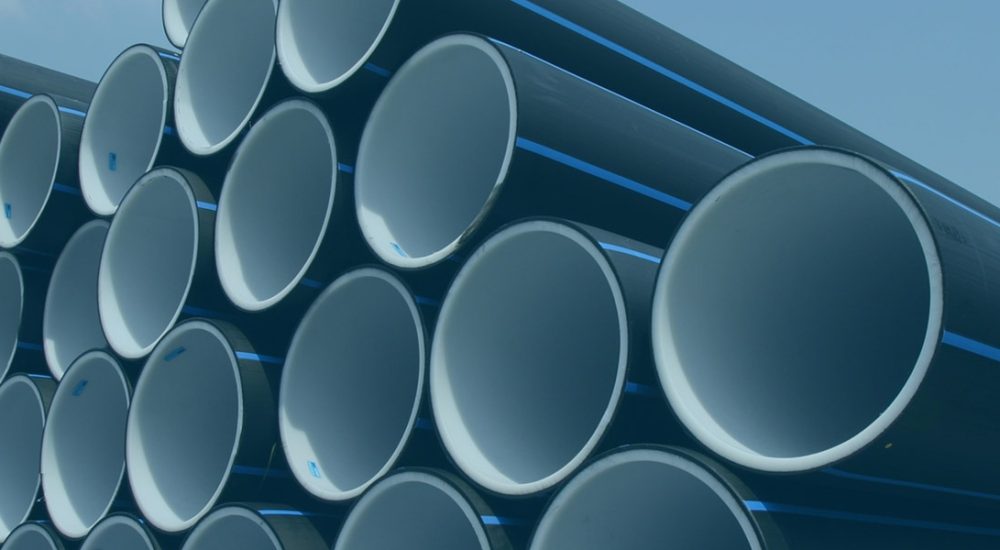Talc Powder Uses

01.
Talc Powder For Paints
Talc confers a whole range of benefits to coatings. In interior and exterior decorative paints, they act as extenders to improve hiding power and titanium dioxide efficiency. Talc’s lamellar platelets make paint easier to apply and improve cracking resistance and sagging by acting as bridges between binder agglomerates and strengthen the paint film. They also enhance matting. In anti-corrosion primers, Talc is used to improve corrosion resistance and paint adhesion. Talc also brings benefits to inks, jointing compounds, putties and adhesives.
The also help in improving the weather resistance of outdoor paints by reducing oxygen or water transmission thus protecting the binder from UV radiation, thus Color, particle size and oil absorption are the main criteria for selecting Talc for paint manufacture.
02.
Talc Powder For Plastics
With the plastic industry on a fast growth-track, the usage of Talc is growing fast in PP, HDPE, LDPE, PVC, ABS & Thermosetting Compounds. Talc is having a huge demand as filler. In Polypropylene, Talc is used to improve mechanical strength and scratch resistance. The Automotive industry uses Talc for dashboards, interior trims, bumpers etc. Talc is also used in plastics for computer bodies and garden furniture where increased UV resistance is a highly desirable characteristic.

It is also used as antiblocking agent in film-like bags used for fruits, vegetables etc. Many compounding factories are also using Talc.

03.
Talc Powder For Soap & Detergents
Talc is a versatile mineral, widely used in various industrial applications. The nature of deposit, formation of talc is the index of its chemical purity, particle shape and other physical features. Talc
possesses some unique and unusual properties, which makes it ideal for its multiple uses. Due to its natural quality of being inert and harmless to skin. No other mineral other than talc possesses such combination of intrinsic properties. The natural qualities of talc give cosmetics stability, texture, skin adhesion, slip and water resistance.
Talc is pure, odourless, and free from impurities. Talc is a cost-effective filler in soaps and detergents to provide creamier lather, improve foaming, and impart a soft and silky skin feel.
04.
Talc Powder For Rubber & Rubber Compound
Rubber is a very versatile substance. It is soft and stretchable in its pure form, but with proper compounding it can be made stiffer and harder, or very flexible and soft. We have developed varies grades of Talc that imparts such variable properties. SILVER Talc can be used in Tyre Compounds, Oil Seals, Rubber Hoses, and Cables. Talc reduces the viscosity of rubber compounds, thereby facilitating the processing of molded parts.

It also improves extrusion qualities, increasing production rates and enhancing UV radiation resistance of exterior parts such as automotive profiles. In sealants and gaskets, they provide good compression resistance, while in pharmaceutical stoppers, they create a barrier against liquids. In cables, Talc functions as insulators and in tire manufacture it makes excellent processing aids.

05.
Talc Powder For Agriculture / Fertilizer Anti Caking
Free flowing Talc powder is used in Agriculture & Fertilizer Application. Talc’s smooth, flat lamellae cover each fertilizer granule, thus helping them to flow freely reduce water pick-up. Talc is naturally hydrophobic and forms a barrier around the fertilizer granules which limits water pick-up and prevent the formation of hydrate crystal bridges allowing products to be stored longer. Talc is inert and platy. Its smooth and flat lamellae cover each particle helping it to flow freely during fertilizer or feed production.
It improves handling and drying, speeding up the packaging process. Talc is inert, protecting the fertilizer against physical and chemical reactions which deteriorate granules, generating dust during prolonged storage.
